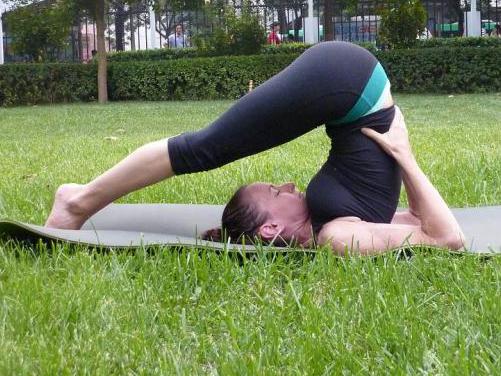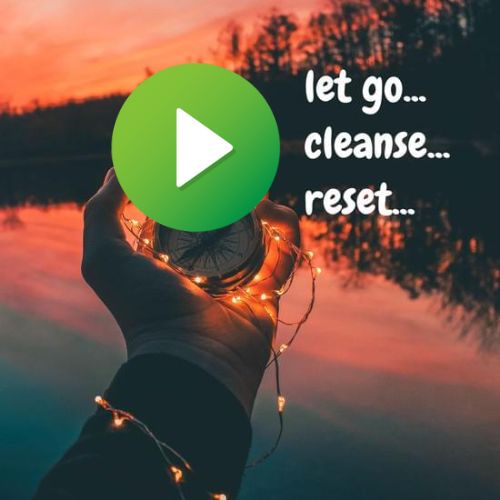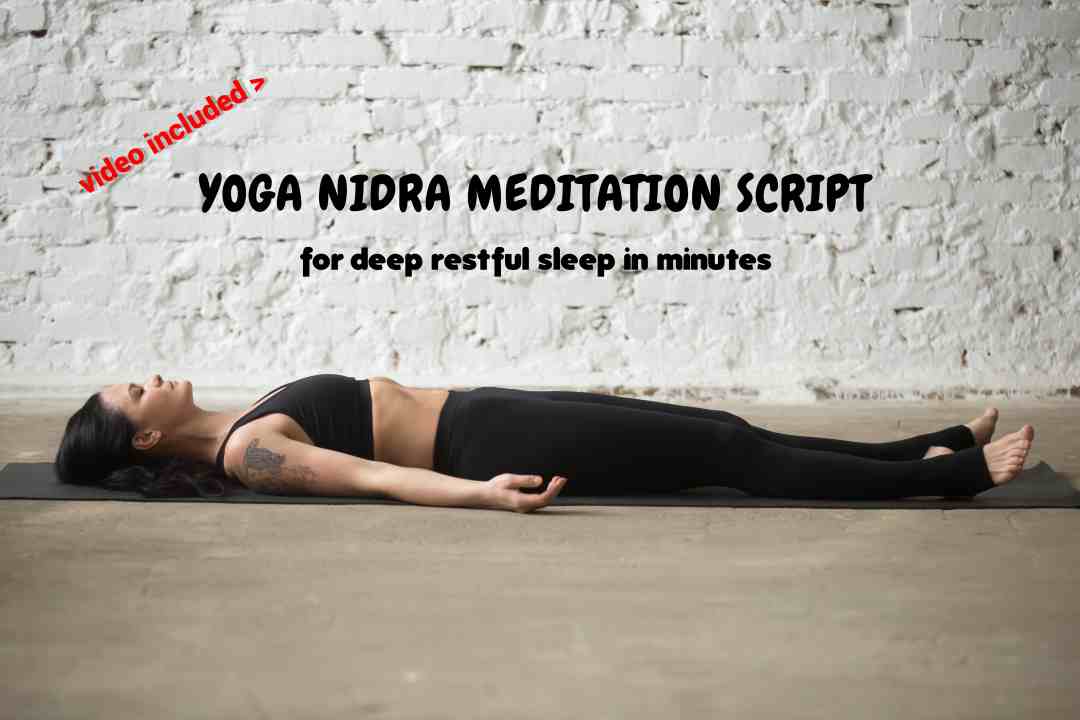The Plow Pose (plough pose), Halasana is derived from the Sanskrit word ‘Hala’ which means ‘Plough’. It is named so because the final pose resembles the plough (plow), a piece of agricultural equipment typically used in Tibet and India. The equipment that is used to prepare the soil for sowing crops.
Symbolically, the plough (plow) is represented in the myths and traditional stories of Egypt, China, Tibet, and India.
The Plough (Plow) – A Symbol of Power
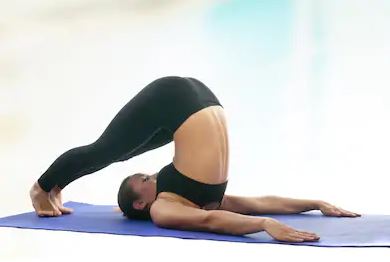
In the Ramayana, King Janaka, a karma yogi, discovers a beautiful baby girl as he is ploughing (plowing) the Earth in a sacrificial ground. He adopts the baby as his own child and names her Sita. The name Sita came from the word, Seetha, meaning “from the furrow” where she was found. She later grows up to become the beautiful wife of Lord Rama. In short, this story relates to the power of the plough (plow) as a tool for revealing and finding hidden treasures just as King Janaka found Sita, an acclaimed goddess.
Similarly, just like its name, this pose also prepares the ‘field’ of the body and mind for deep rejuvenation.
Managing and Curing diabetes You can begin today
How to do the ploW pose or Halasana?
Follow step-by-step instructions mentioned below on how to do Plow Pose (Halasana). Practice these steps with diligence and make sure you do not hurt yourself. Do not rush into the pose but practice it slowly and steadily.
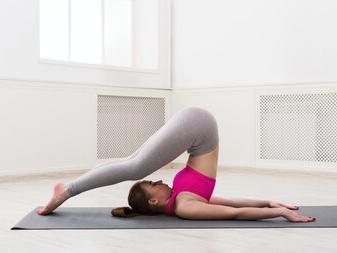
Step 1
Lie on your back keeping your legs together and arms by your side.
Step 2
As you inhale, lift your legs, pelvis and lower back, firmly supporting your back with both your hands.
Step 3
Continue the movement while breathing steadily. Bring your legs over your head and progressively bring your spine to a vertical position.
Step 4
Keep your legs straight and toes flexed. Stretch your feet downwards towards the floor behind your head. In case you can touch your feet to the ground, lower your arms to the floor behind your back. Just in case your feet do not touch the floor behind you, hold them furthest they go and continue supporting your back with both your hands for stability. Hold the pose for 1 minute, with slow rhythmic breathing.
Mindulness in Speech – Speaking the Truth
How to come out of this position?
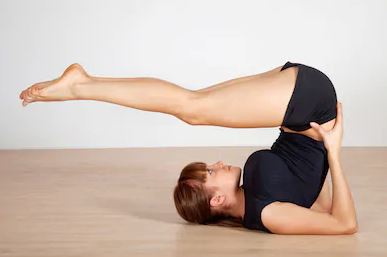
- First, bring your hands flat on the floor behind your back and raise your feet from the floor behind your head.
- Use your hands to push against the floor for balance to slowly roll out of the position.
- Then, try to lower each vertebra by vertebra separately to the floor slowly, keeping your head to the ground.
- In the end, when you come back flat on your back, relax in the corpse position for 1 minute before you move to the next posture.
To learn Yoga by experts at Sivananda Ashram click here
What is the best time to practice this Asana?
Ideally, this asana should be practiced in the morning or in the evening. It is a good idea to leave a gap of at least 4 to 6 hours between your meal and the practice. Your stomach needs to be empty for you to be able to perform this asana.
Modifications and Props
To prop or not to prop? Each teacher has his or her own opinion about whether you should use a folded blanket under your shoulders in this pose or not. Those trained in Iyengar Yoga are strong advocates for the prop. The sole reason for using the blanket is to make more room for your neck so that it doesn’t get compressed and allows you to have a straighter spine.
Most of the yoga beginners when practicing the Plow pose find it difficult to rest their feet on the floor beyond their heads. It is not advisable for the neck as well, it might cause injuries. However, you can still practice this asana with the help of an appropriate prop.
How to use a blanket as a prop for the Plow Pose or Halasana?
- If you use a blanket, it should be folded into a rectangular shape that is about as wide as your yoga mat. You can also stack several thinly folded blankets if you want more height.
- Then, place the blanket at the very end of your mat. Make sure your shoulders are on the blanket and your head is off it, resting on the bare floor.
- Set yourself up comfortably this way and then, lift your legs over and beyond your head.
Variations of the Plow Pose
There are few variations to help you achieve this pose. If your toes do not reach the floor overhead, you need to use props for them to rest on. The options are:
- One, to practice the pose near a wall. This will help your feet touch the wall and rest when they come overhead. It may take some trial and error to find the right distance from the wall depending on your height. For those who are shorter in height can be placed closer to the chair and those who are taller can be at a distance from the chair.
- Second, you may have to experiment a bit to find the right place for the chair. Place it against the wall or another solid furniture.
Benefits of Halasana (PloW Pose)
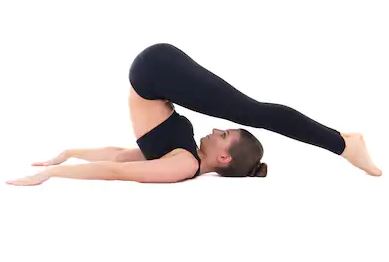
The practice of plow pose (Halasana) does many wonders for your well-being from creating awareness about your body to offering robust health.
Besides providing very strong benefits for the opening of the throat and heart chakras, Halasana pose has numerous other benefits as well. Such as:
Physical benefits:
- Stretches the back of the body completely, in turn rejuvinates the entire spine.
- Loosens the hamstrings taking the tension out of them.
- Gives a nice stretch to both the superficial and deep back muscles.
- The blood supply to the spine nerves increases.
- Tension in the neck and shoulder muscles are released.
- Improves the shoulder joint flexibility.
- Improves digestion.
- Helps to overcome constipation as it puts pressure on the abdominal area.
Mental benefits:
- Reduces stress and fatigue.
- It helps to calm the brain.
- It activates, warms up and lightens the physiological system of the body.
- Relieves Insomnia, thus improving your sleep pattern.
Common Mistakes:
As a yoga beginner, you will end up making multiple mistakes to perfect the pose. Just remember that yoga comes to you with practice and determination and it is perfectly normal if you make mistakes. Some of the common mistakes that you might make and can avoid are:
- In most attempts, your knees are not straight or in position as you concentrate on the end pose. Therefore, practice the asana step by step to get the desired results.
- Your back is not rightly supported when your feet are off the ground. So, make sure you place your hand on your back to give it the support it needs. Otherwise, you will lose balance and fall out of the pose, maybe injuring yourself.
Who should avoid doing the Plow Pose or Halasana?
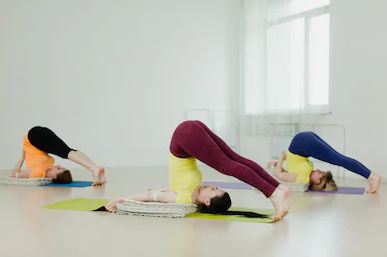
Avoid practicing this asana if you are suffering from the following health-ailments. Such as:
- Diarrhea.
- Neck injury.
- Back problems or slipped disc.
- Injured or weak cervical muscles
- Weak legs, weak hamstring muscles or calf muscles.
- Debilitated blood vessels in the eyes.
- Severe headaches such as migraines.
- High blood pressure.
- Sciatica problems.
- Weak digestion.
- Enlarged thyroid, spleen, and liver.
- Pregnant women or women during their menstruation.
The Science Behind The Halasana (Plow) Pose
Practicing the plow pose or asana tones the spinal nerves, the muscles of the back, the sympathetic nervous system that runs along the vertebral column on either side and the vertebral bones. By performing this asana you highlight the Sarvangasana (shoulder stand). By practicing the plow pose you pour a large amount of blood into the spinal roots or nerves, spinal cord, sympathetic ganglia, muscles of the back and sympathetic nerves. Therefore, they become very well nourished.
The Halasana helps your vertebral column become extremely soft and elastic. As a result, it prevents the quick degeneration of the bones. You age slower as it prevents early ossification of the bones. In the degenerative process, the bones become hard and brittle. However, if you practice the Plow Pose or Halasana is full of energy, agile and nimble. This is because, when you practice the pose the muscles of the back are alternatively contracted, relaxed and then pulled and stretched. By doing this you tend to bring in a good amount of blood supply due to these various stretching movements and keeps them adequately nourished.
Due to the plow asana or pose different types of myalgia (muscular rheumatism), sprain and neuralgia, and lumbago are cured. The vertebral column is rolled and twisted like a paper sheet, therefore, becoming supple.
Vertebral Column
Your vertebral column supports the entire body and is an extremely important structure. If you practice the plow pose or halasana you can never become lazy. The vertebral column contains the spinal cord, the spinal nerve, and the sympathetic nerve. Therefore it is important to keep it healthy, strong and supple.
Not only the vertebral column, but this asana also helps to keep the abdomen, rectal and thigh muscles nourished and toned. This pose or asana cures congestion, obesity, chronic constipation, chronic indigestion and the enlargement of the liver and spleen.
It regularly increases the blood flow in the thoracic regions in the body. It also releases stress and tension in the throat and neck.
Best time to do Surya Namaskar or Sun Salutation
CONCLUSION
Halasana traditionally has been considered a finishing pose and is usually performed near the end of an asana session.
The finishing poses help you to prepare for relaxation, Pranayama, and meditation. Thus, Halasana taps into the body’s natural processes of relaxation by pacifying the nerves, soothing the brain and heart, and regulating the breath. As a result, this develops a stillness and alertness which is necessary for pranayama and meditation.
Therefore, as you proceed to practice Halasana and cultivate this understanding, you will then notice an increased level of vitality and health within your entire body’s systems.
However, do not be disheartened if you are not doing the asanas perfectly because no one has mastered the poses in one go. Give yourself time and practice regularly to perform the poses perfectly.
To conclude, Yoga is all about pushing your body limits and knowing your capabilities.
Thus, Yoga as a whole has that effect on your body, mind, and soul, transferring you to another level of being whole within yourself.


